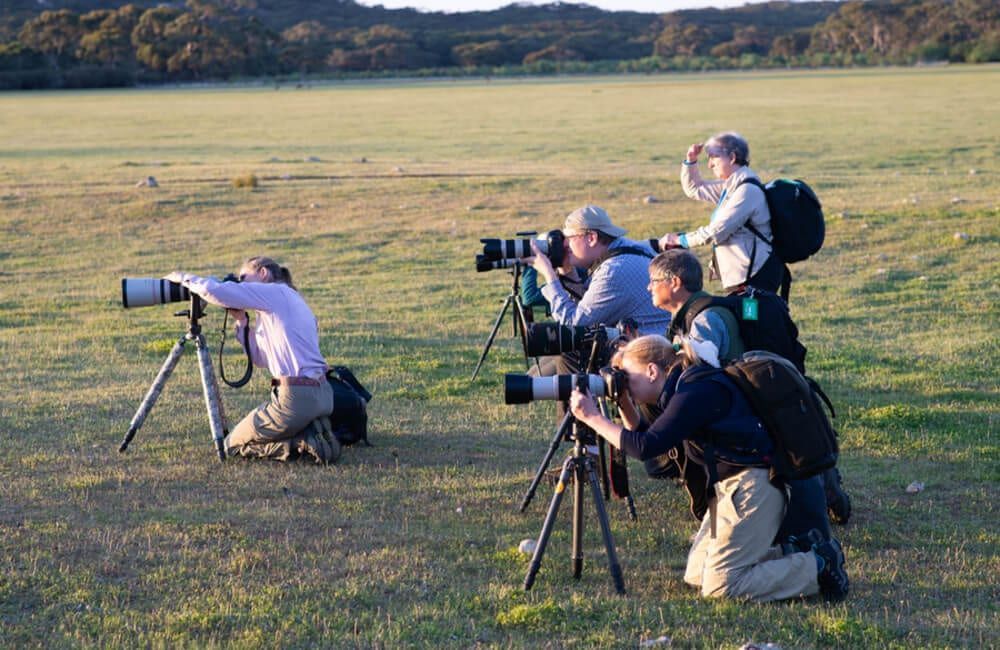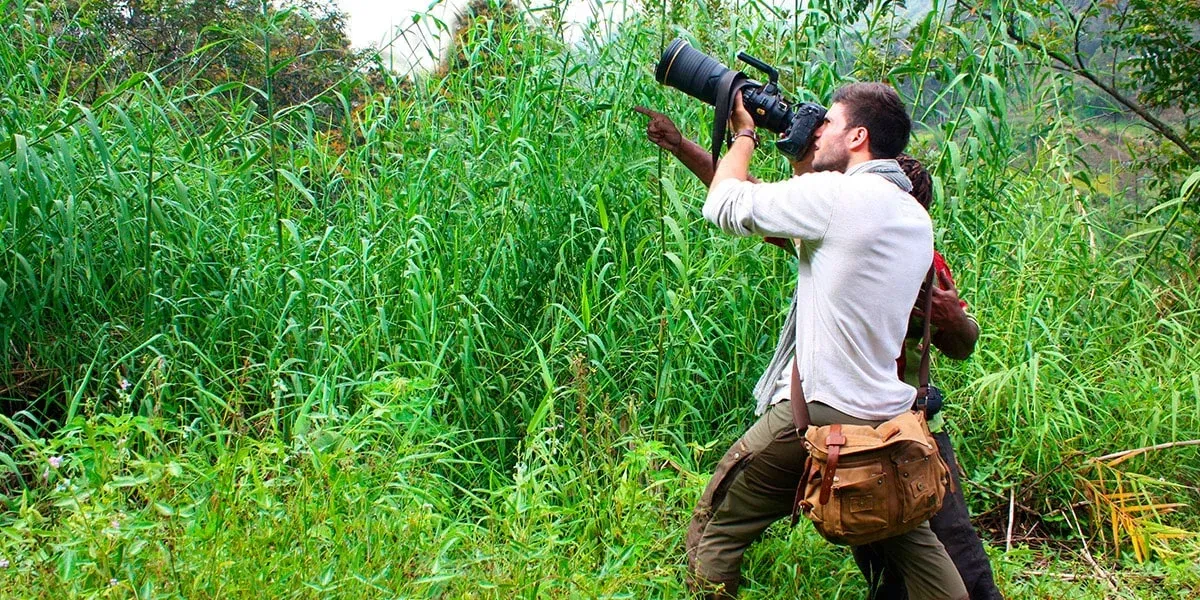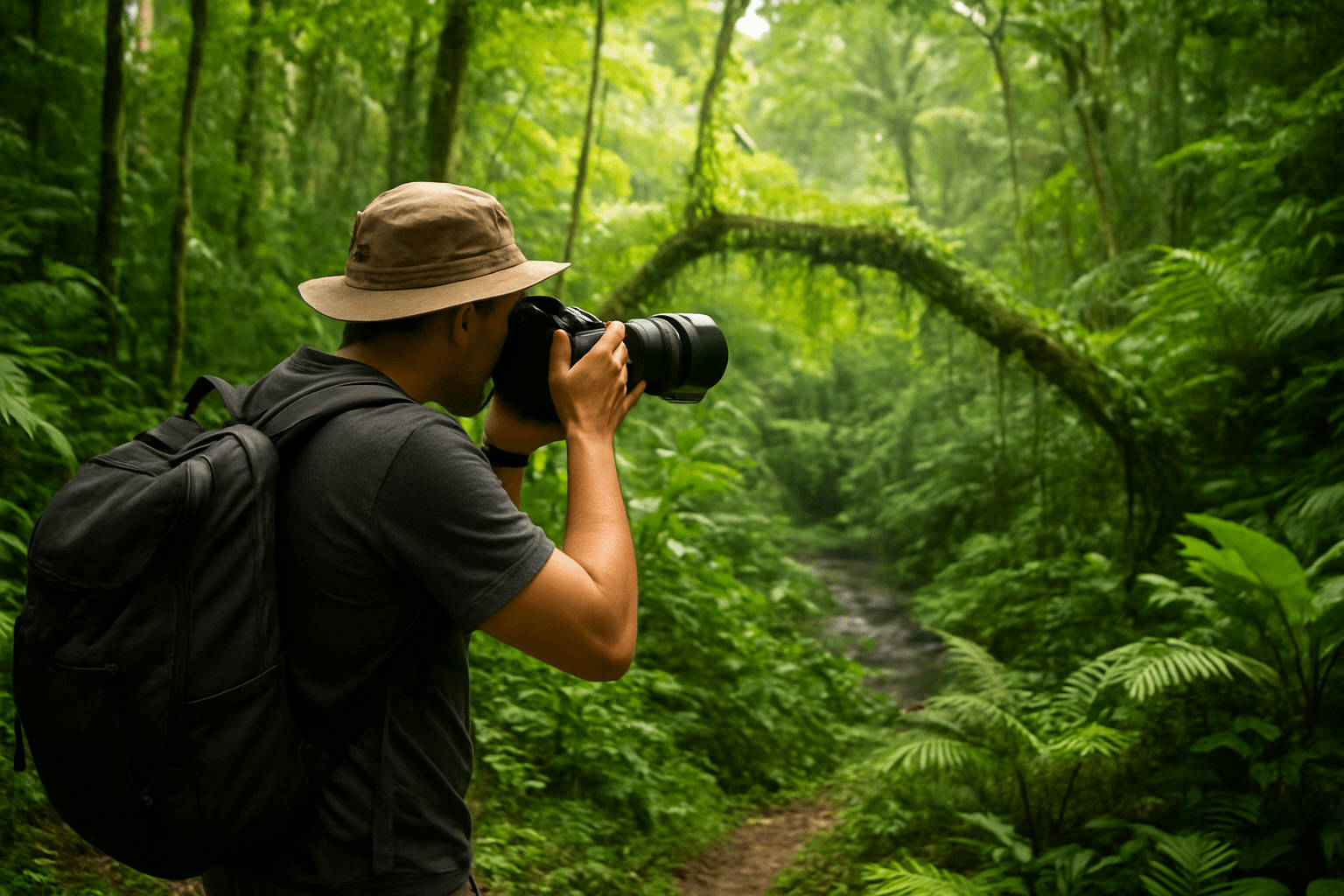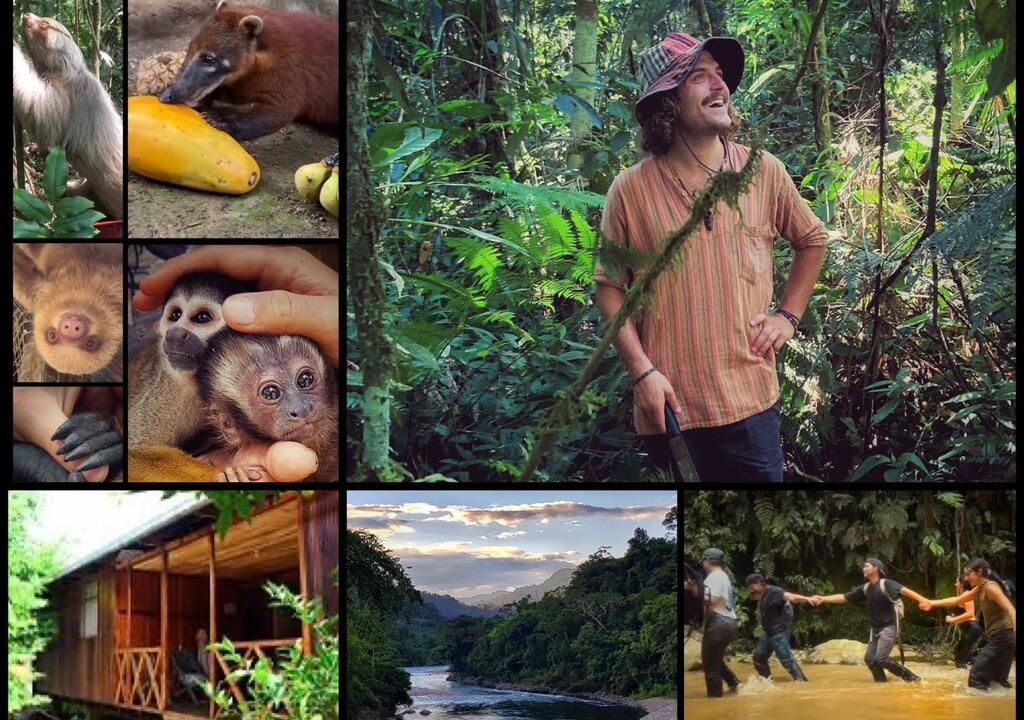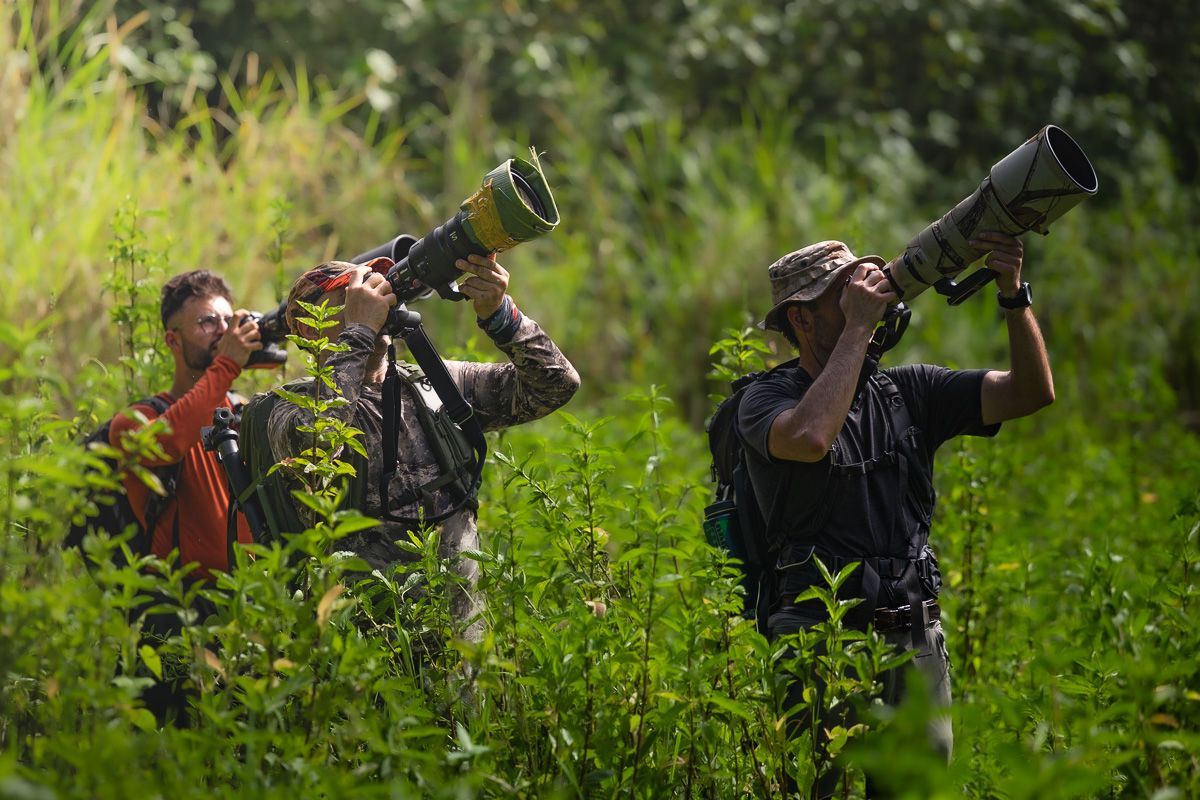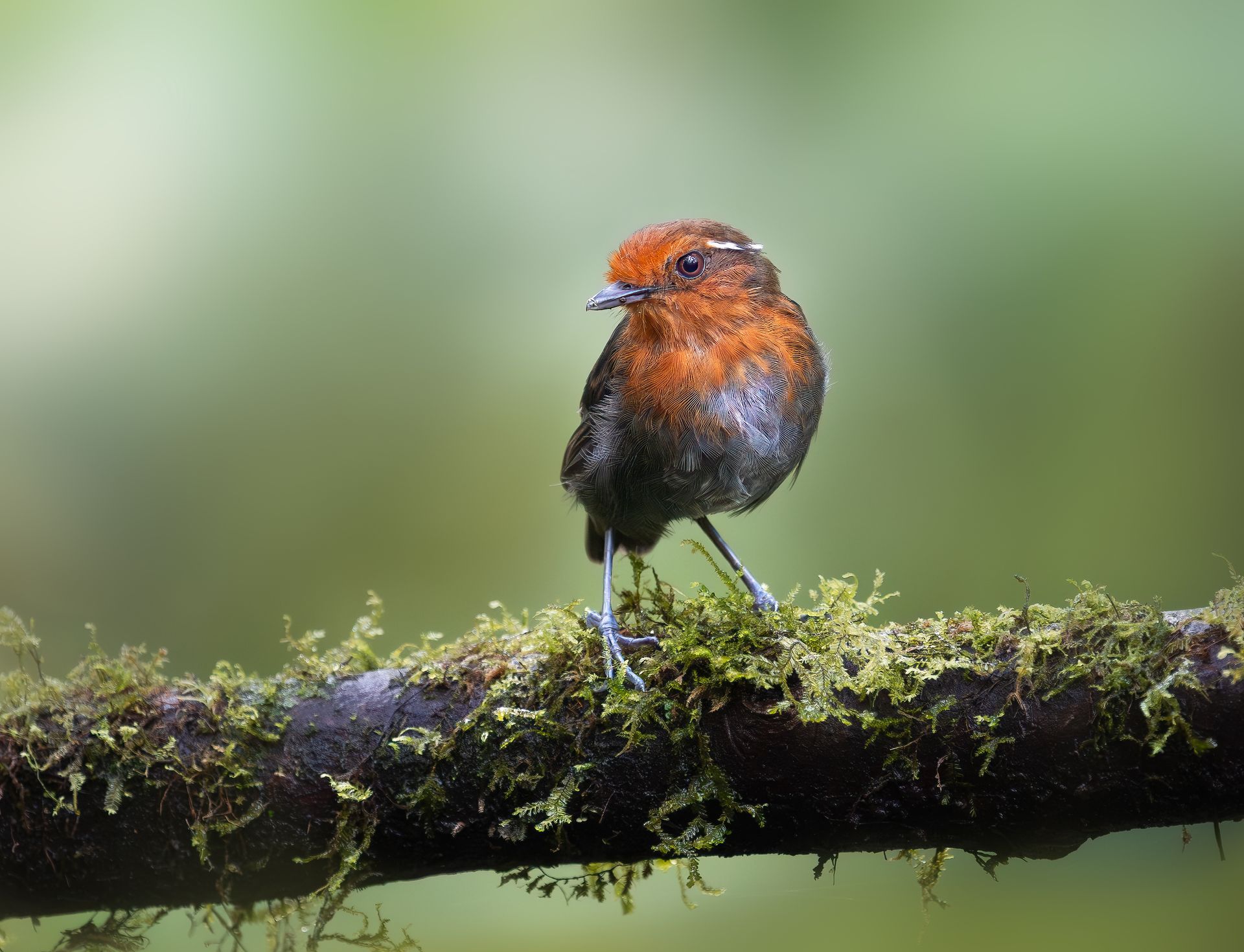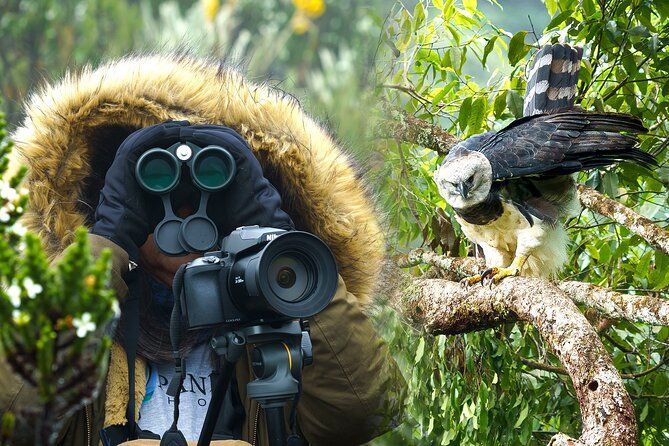Chestnut-naped Antpitta: Capturing the Camouflaged King of Colombia's Understory
Deep within the misty, moss-draped forests of Colombia, the Chestnut-naped Antpitta (Grallaria nuchalis) reigns as the elusive king of the understory. This secretive bird, with its subdued colors and slow movements, offers both a photographic challenge and a rewarding subject for those with patience and perseverance. Camouflaged against the forest floor and often heard before seen, capturing a clean image of this antpitta is a rite of passage for bird photographers exploring Colombia’s biodiverse mountain regions.
Species Overview
- Scientific Name: Grallaria nuchalis
- Habitat: Humid montane forests, usually between 1,800–2,700 meters.
- Behavior: Terrestrial, shy, and often solitary; known for its low hooting call.
- Appearance: Earth-toned with a rich chestnut nape, grayish face, and olive-brown back blending into the leaf litter.
The bird’s natural camouflage and sedentary habits make it both difficult to find and photogenic in its subtle elegance.
Best Locations in Colombia to Photograph
The Chestnut-naped Antpitta is most reliably seen in mid- to high-elevation forests of the Colombian Andes, particularly in reserves with protected habitat and well-maintained trails.
Top Photography Sites:
- Rio Blanco Reserve (Manizales): Perhaps the most famous site in Colombia for antpittas, with established feeding stations.
- Otún Quimbaya Flora and Fauna Sanctuary (Risaralda): Offers excellent trails and strong conservation practices.
- Reserva Natural El Cedral (Caldas): A quiet forest with high bird diversity and several antpitta species.
- Reserva La Minga (Valle del Cauca): Less visited, but with promising understory sightings.
These reserves offer the guidance of local bird experts and sometimes even managed feeding areas where sightings are more predictable.
When to Plan Your Visit
- Dry Season (December to March): Fewer rain interruptions, more trail accessibility, and better lighting.
- Morning Hours (5:30 AM to 9:00 AM): Birds are more active and vocal, increasing your chances of locating them.
- After Light Rain: Soft soil and leaf litter increase feeding behavior among antpittas.
A multi-day stay is recommended to maximize your chances and wait for the perfect photo conditions.
Ideal Photography Gear
Photographing an elusive ground-dweller in a shadowy forest requires specific equipment:
- Camera Body: Fast autofocus, high ISO performance, and silent shutter options.
- Lens: A 300–600mm lens is ideal. Prime or fast zoom lenses (f/2.8–f/5.6) work well.
- Tripod or Bean Bag: Ground-level shooting often requires stability.
- Rain Protection: Keep gear dry with covers, and always carry microfiber cloths.
- Neutral Clothing: Camouflage or earth tones help you blend in.
Field Techniques for Success
- Use Playback Responsibly: Limited use can bring birds into view, but avoid overuse.
- Look for Movement: Watch the forest floor for slow hopping and tail flicks.
- Stay Low and Still: Movement will startle the bird. Patience is everything.
- Use Manual Focus: Helps when the bird is deep in vegetation.
- Frame with Habitat: Include moss, ferns, and shadows for a more authentic image.
Ethics and Conservation
The Chestnut-naped Antpitta is sensitive to habitat disturbance and excessive noise. Responsible practices are essential:
- Stay on Trails: Prevent trampling delicate understory plants.
- Minimize Playback: Never use calls near nesting areas or multiple times a day.
- Support Conservation: Choose reserves and guides with ethical practices.
- Avoid Flash: Let natural light highlight the mood of the forest.
Why Choose Retorno Photo Tours
At Retorno Photo Tours, we specialize in small-group, ethical bird photography tours focused on Colombia’s most challenging and charismatic species. Our Chestnut-naped Antpitta tours include:
- Expert Guides: With deep knowledge of antpitta behavior and territories.
- Private Access to Key Locations: Including feeders and less-disturbed trails.
- Flexible Schedules: Time to wait for ideal conditions without pressure.
- Comfortable Eco-Lodges: With all meals and logistics arranged.
Conclusion
Photographing the Chestnut-naped Antpitta is a quiet pursuit—one of whispers, damp leaves, and careful steps. But when you finally glimpse its chestnut nape in soft morning light and bring it into sharp focus, the effort is rewarded with one of Colombia’s most soulful avian portraits.
Join Retorno Photo Tours and immerse yourself in Colombia’s hidden cloud forest world, where rare birds and unforgettable images await.



